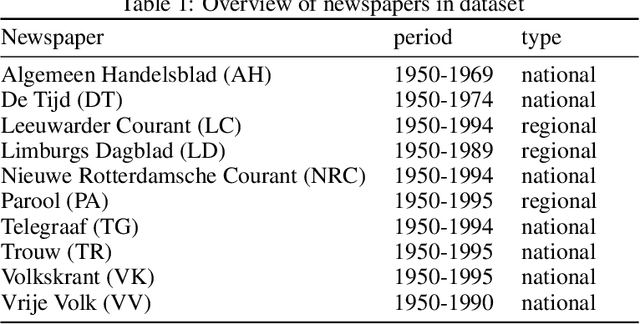Jan Kostkan
MMTEB: Massive Multilingual Text Embedding Benchmark
Feb 19, 2025Abstract:Text embeddings are typically evaluated on a limited set of tasks, which are constrained by language, domain, and task diversity. To address these limitations and provide a more comprehensive evaluation, we introduce the Massive Multilingual Text Embedding Benchmark (MMTEB) - a large-scale, community-driven expansion of MTEB, covering over 500 quality-controlled evaluation tasks across 250+ languages. MMTEB includes a diverse set of challenging, novel tasks such as instruction following, long-document retrieval, and code retrieval, representing the largest multilingual collection of evaluation tasks for embedding models to date. Using this collection, we develop several highly multilingual benchmarks, which we use to evaluate a representative set of models. We find that while large language models (LLMs) with billions of parameters can achieve state-of-the-art performance on certain language subsets and task categories, the best-performing publicly available model is multilingual-e5-large-instruct with only 560 million parameters. To facilitate accessibility and reduce computational cost, we introduce a novel downsampling method based on inter-task correlation, ensuring a diverse selection while preserving relative model rankings. Furthermore, we optimize tasks such as retrieval by sampling hard negatives, creating smaller but effective splits. These optimizations allow us to introduce benchmarks that drastically reduce computational demands. For instance, our newly introduced zero-shot English benchmark maintains a ranking order similar to the full-scale version but at a fraction of the computational cost.
$S^3$ -- Semantic Signal Separation
Jun 18, 2024Abstract:Topic models are useful tools for discovering latent semantic structures in large textual corpora. Topic modeling historically relied on bag-of-words representations of language. This approach makes models sensitive to the presence of stop words and noise, and does not utilize potentially useful contextual information. Recent efforts have been oriented at incorporating contextual neural representations in topic modeling and have been shown to outperform classical topic models. These approaches are, however, typically slow, volatile and still require preprocessing for optimal results. We present Semantic Signal Separation ($S^3$), a theory-driven topic modeling approach in neural embedding spaces. $S^3$ conceptualizes topics as independent axes of semantic space, and uncovers these with blind-source separation. Our approach provides the most diverse, highly coherent topics, requires no preprocessing, and is demonstrated to be the fastest contextually sensitive topic model to date. We offer an implementation of $S^3$, among other approaches, in the Turftopic Python package.
Event Flow -- How Events Shaped the Flow of the News, 1950-1995
Sep 17, 2021



Abstract:This article relies on information-theoretic measures to examine how events impacted the news for the period 1950-1995. Moreover, we present a method for event characterization in (unstructured) textual sources, offering a taxonomy of events based on the different ways they impacted the flow of news information. The results give us a better understanding of the relationship between events and their impact on news sources with varying ideological backgrounds.
 Add to Chrome
Add to Chrome Add to Firefox
Add to Firefox Add to Edge
Add to Edge